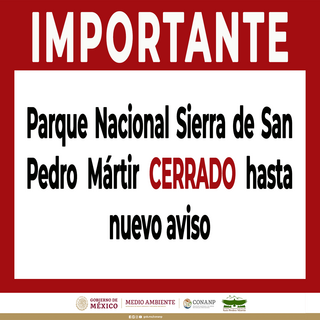

Quote: Originally posted by JZ  |
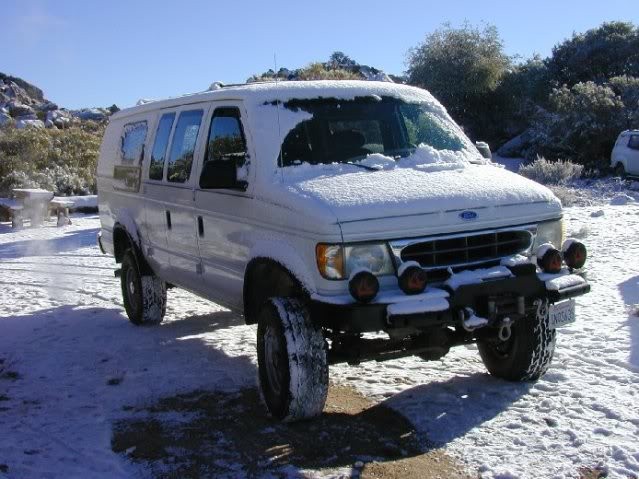
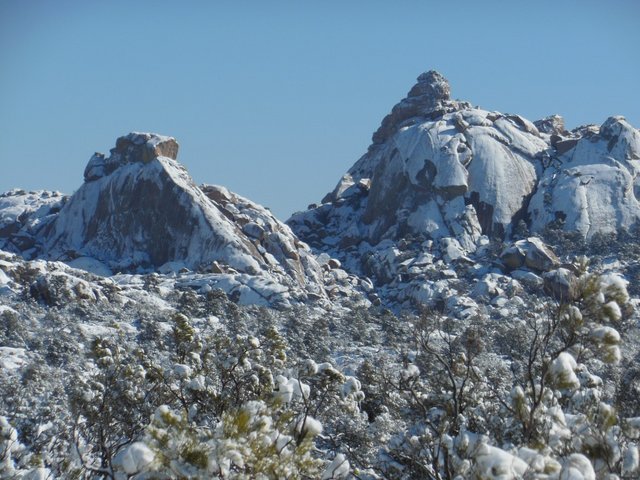
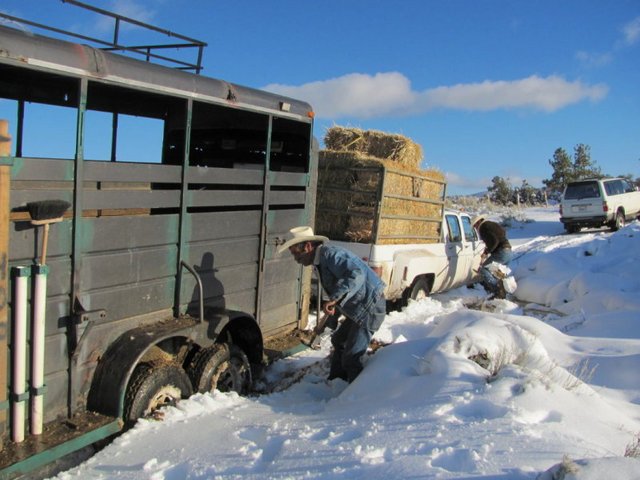
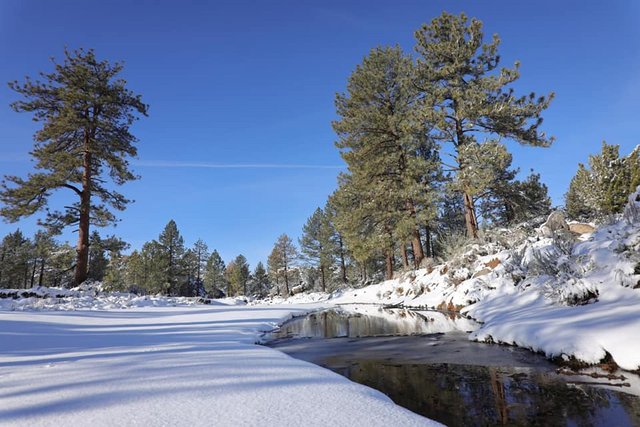
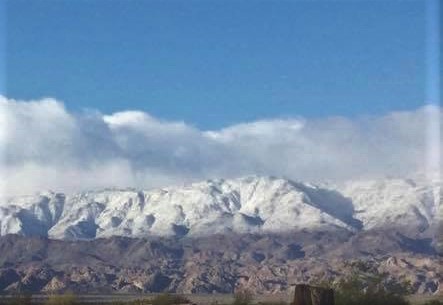
Quote: Originally posted by 4x4abc  |

Quote: Originally posted by 4x4abc  |
Quote: Originally posted by mtgoat666  |
Quote: Originally posted by JDCanuck  |
Quote: Originally posted by lencho  |

Quote: Originally posted by 4x4abc  |
Quote: Originally posted by 100X  |
Quote: Originally posted by lencho  |
Quote: Originally posted by David K  |
Quote: Originally posted by 4x4abc  |
Quote: Originally posted by lencho  |
Quote: Originally posted by KurtG  |

Quote: Originally posted by AKgringo  |
Quote: Originally posted by John Harper  |
